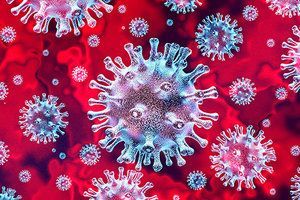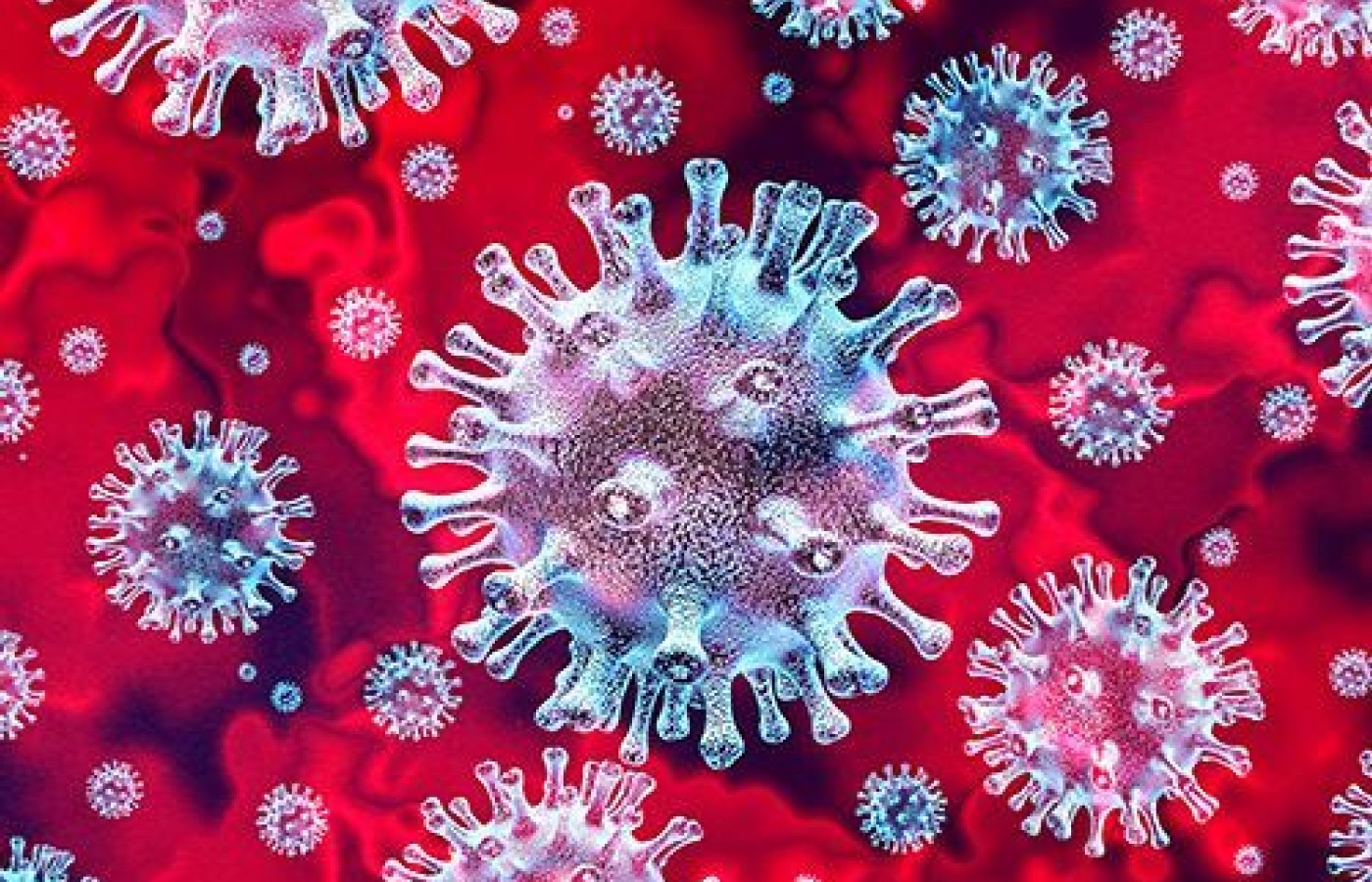Whether you accept it, avoid it or live somewhere in between, insurance coverage has become a defining issue for our profession. Patients increasingly expect to use their benefits, practitioners want to be compensated fairly for their time and expertise, and the system itself remains – at best – fragmented. The encouraging news is that coverage has expanded in meaningful ways. The challenging news is that reimbursement, across the board, remains inadequate.
"KISS" for COVID-19 & the Flu: Coronavirus 2019 and Influenza Virus Season 2019-2020
Editor's Note: Because of the rapidly evolving state of affairs involving COVID-19, particularly its impact on the extent to which acupuncturists are able to interact with patients, not all of the recommendations in this article may currently be applicable to you, but definitely hold relevance to how you operate your clinic in the future.
With so much news media reporting hourly about the coronavirus disease 2019 (COVID-19), it is important for all of us to be fully informed with accurate information. Verifying sources of information is equally important. The CDC (Centers for Disease Control) is the best direct resource for global and nationwide updates on viral transmissions. Johns Hopkins and the Atlantic Monthly COVID-19 trackers are also reliable sources of data. Local health departments are the most accurate sources of local reported cases. As local authorities restrict movement and business in some regions, be certain you are complying with those guidelines.
Tens of thousands of people die from the flu and hundreds of thousands are hospitalized every year.1 Add these numbers to a rapidly evolving COVID-19 pandemic with a rapidly increasing trajectory,2-5 and we have a critical global health crisis.

Most of the symptoms of COVID-19 are the same as the flu: cough, runny nose, fever, malaise. Because of the similarities, there is a possibility during cold and flu season that what you may have treated in the office was COVID-19 and not the flu. Most of what you need to know about reducing risk of contracting and/or transmitting either the flu or COVID-19 should be what you do daily. Everyone should have learned basic measures as part of simple universal precautions. Take a deep breath and "keep it simple":
Corona and Influenza Virus Precautions and Procedures6
- Wash your hands with soap thoroughly for at least 20 seconds and rinse completely under running water frequently. This may be the single most important precaution to prevent any type of infection. An alcohol-based hand sanitizer can be used when hand washing is not possible; however, washing hands is more effective in minimizing transmission.
- Stay home if you are symptomatic and/or running a fever (perceived or confirmed by thermometer) and ask your patients to do the same. If you have been exposed to someone with COVID-19, you should quarantine yourself for the recommended 14 days. If a patient has been exposed to someone with COVID-19, the CDC advises they remain quarantined for 14 days, since asymptomatic transmission is possible. Someone could be positive for COVID-19, be contagious and actively infecting others without showing any symptoms or ever getting sick.
- Cleanliness is key, so follow clean needle technique and universal precautions. This not only includes proper needle handling, but also diligent cleanliness and maintenance of your clinic space. Frequently wipe down high contact common and public surfaces with a disinfectant solution - especially during cold and flu season. Door knobs, toilet and faucet handles, front-desk surfaces, etc., should be wiped down at a minimum of daily. (Note: A variety of commercial and natural solutions are effective. Choose one that fits your sensitivity level and is effective.) Change out linens or table paper after each patient and wipe down patient surfaces – especially face cradles that have come in direct or indirect contact with patient skin and or fluids (coughing, sneezes).
- Cover your mouth and nose with tissue or cloth if you sneeze or cough. Then wash your hands! No need to wear a mask unless you are actively ill and around other people. Refrain from touching your eyes, nose, hands (minimize shaking hands) and mouth, as these are parts of the body that are high transmission areas.
- Limit exposure to large groups of people in small spaces. Wash your hands frequently when in public spaces; consider not shaking hands or hugging (social distancing). Consider scheduling so there is no one in your waiting room. Group treatments would not be advisable during this time.
Simple, Necessary Steps
As the numbers of COVID-19 infections continue to increase over the next few weeks or months, consider that thus far, COVID-19 does appear to have a longer incubation period (up to 14 days) than Flu A and B and have a higher rate of transmission – including asymptomatic transmission.7
However, the precautions for COVID-19 are the same as for influenza A and B. Isolation and adherence to universal precautions will halt the exponential trajectory of cases. Those with weakened / compromised immune systems, infants, the elderly, and those with chronic upper respiratory disorders such as asthma and emphysema are more susceptible to viral infections. For everyone else, these simple steps and precautions should keep you and your family healthy and happy.
Author's Note: For additional information regarding COVID-19, the American Society for Acupuncturists has created the COVID-19 Info Sheet: https://www.asacu.org/2020/02/asa-covid-19-info-sheet/.
References
- 2019-2020 U.S. Flu Season: Preliminary Burden Estimates. Centers for Disease Control and Prevention.
- Coronavirus Disease 2019 (COVID-19): Cases in U.S. Centers for Disease Control and Prevention: https://www.cdc.gov/coronavirus/2019-ncov/cases-in-us.html.
- Madrigal AC. "How to Understand Your State's Coronavirus Numbers." The Atlantic, March 12, 2020: www.theatlantic.com/technology/archive/2020/03/how-understand-your-states-coronavirus-numbers/607921/.
- The COVID Tracking Project: https://covidtracking.com.
- Coronavirus COVID-19 Global Cases. Johns Hopkins, University, Center for Systems Science and Engineering: https://www.arcgis.com/apps/opsdashboard/index.html#/bda7594740fd40299423467b48e9ecf6.
- Interim Infection and Control Recommendations for Patients With Confirmed or Suspected Coronavirus Disease 2019 (COVID-19) in Healthcare Settings. Centers for Disease Control and Prevention.
- Rothe C, Schunk M, Sothmann P, et al. Transmission of 2019-nCoV infection from an asymptomatic contact in Germany. New England J Med, Jan. 30, 2020.



